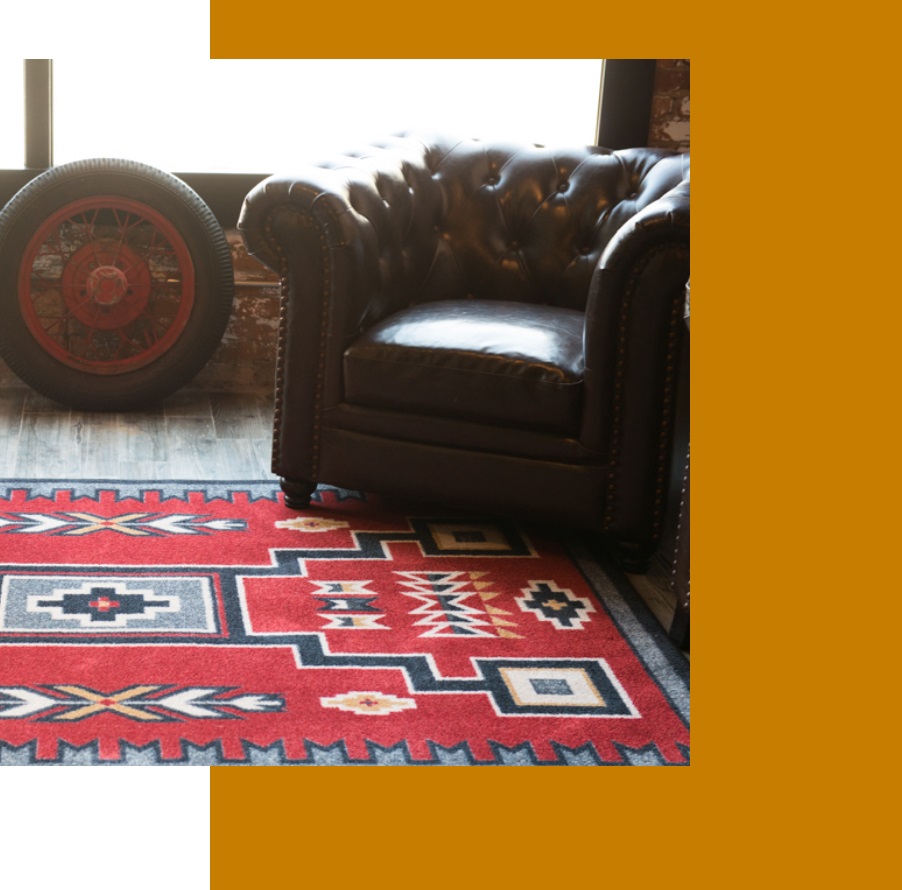
native american style area rugs
The best way to identify a genuine Navajo rug is to look for the warp and selvage lines. These lines are often continuous, although the weaver can vary. Fake rugs can be harder to spot, particularly if they are priced at less than $200. The warp threads in a fake rug will also have ridges on the end since they are made of wool rather than cotton.


